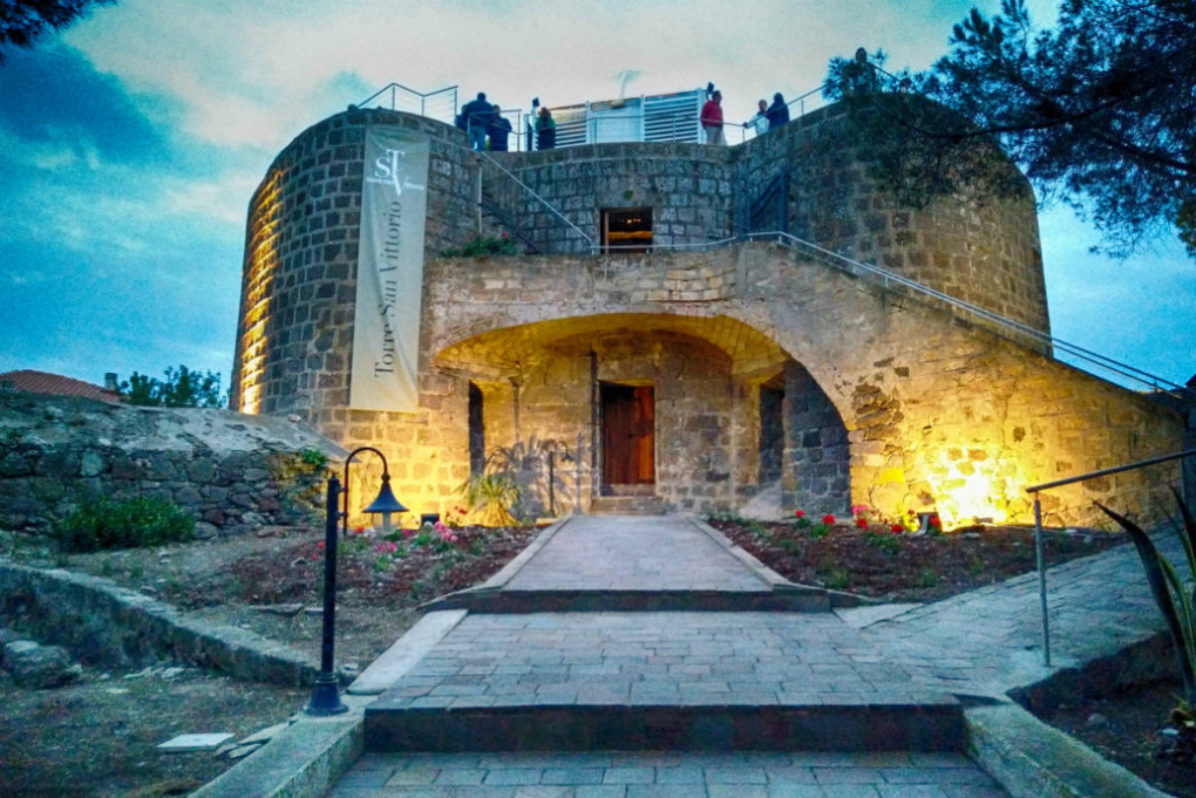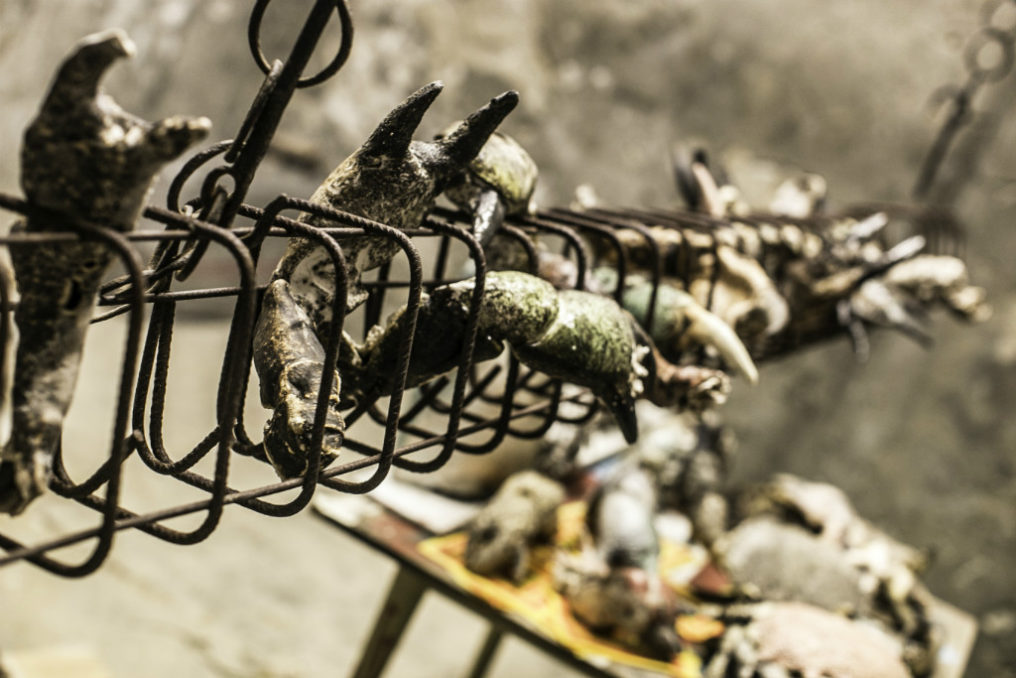|
|||||
 |
Torre San Vittorio – New museum in CarloforteThe eighteenth-century tower, located a short walk from the center of Carloforte is home to an innovative museum able to tell the history of the island in a trail that starts from its geological origins and ends with the arrival of settlers in 1738. Through interactive videos, paths in virtual reality and reconstructions from the strong visual impact, the visitor can approach the San Pietro area, unique in the Mediterranean. Curatorial project:
__Mu.MA - Istituzione Musei del Mare e delle Migrazioni
__Dott. Pierangelo Campodonico
__Dott.ssa Valeria Salaris
Exhibition design: On site coordinator: @ Torre San Vittore - permanent |
||
 |
Putiferio in Hydra - project by Roberto CuoghiPutiferio in Latin means “to bring the stink” but can also signify chaos or a small taste of hell. Roberto Cuoghi’s version of Putiferio is an installation depicting an invasion of ceramic crabs that were created by the artist and his crew using archaic firing techniques. The concept of the project has its origins in Cuoghi’s initial site survey of the Slaughterhouse back in February 2016 when the several mason wasps’ nests that cover the walls of the Slaughterhouse led him to the image of a kiln, a primitive kiln, where to fire moribund creatures; not just a few, but dozens of freaks, an invasion of them, just like the mason wasps and their adaptation to the Slaughterhouse. For the next several months, the artist performed various diverse experiments using sophisticated 3D technology and unpredictable archaic firing processes. Then, on June 20, 2016, during the opening of Putiferio, Cuoghi and his team fired dozens of crabs using two different types of kilns: paper kilns and an experimental five-chamber kiln. A few days before the opening, several crabs were placed in the paper kilns that had been filled with combustibles such as donkey dung, copper, spoiled fruit, coffee, sawdust, and salts of different kinds. During the show’s opening, the paper kilns burnt down, only to reveal the fired creatures. From the experimental five-chamber kiln (that reached a temperature of at least 1000°C) Cuoghi tongued out numerous fiery crabs and colored them either with the use of smelly brews made of yeast, proteins, sugar, bird feed, and iron powder or through a reduction process. Project By:
__Roberto Cuoghi Deste’s Project coordinator:
__Marina Vranopoulou Exhibition design and coordination:
__arcHITects srl / Alessandro Pasini Paper Kiln Construction:
_Terry Davies |
||
|
|||||